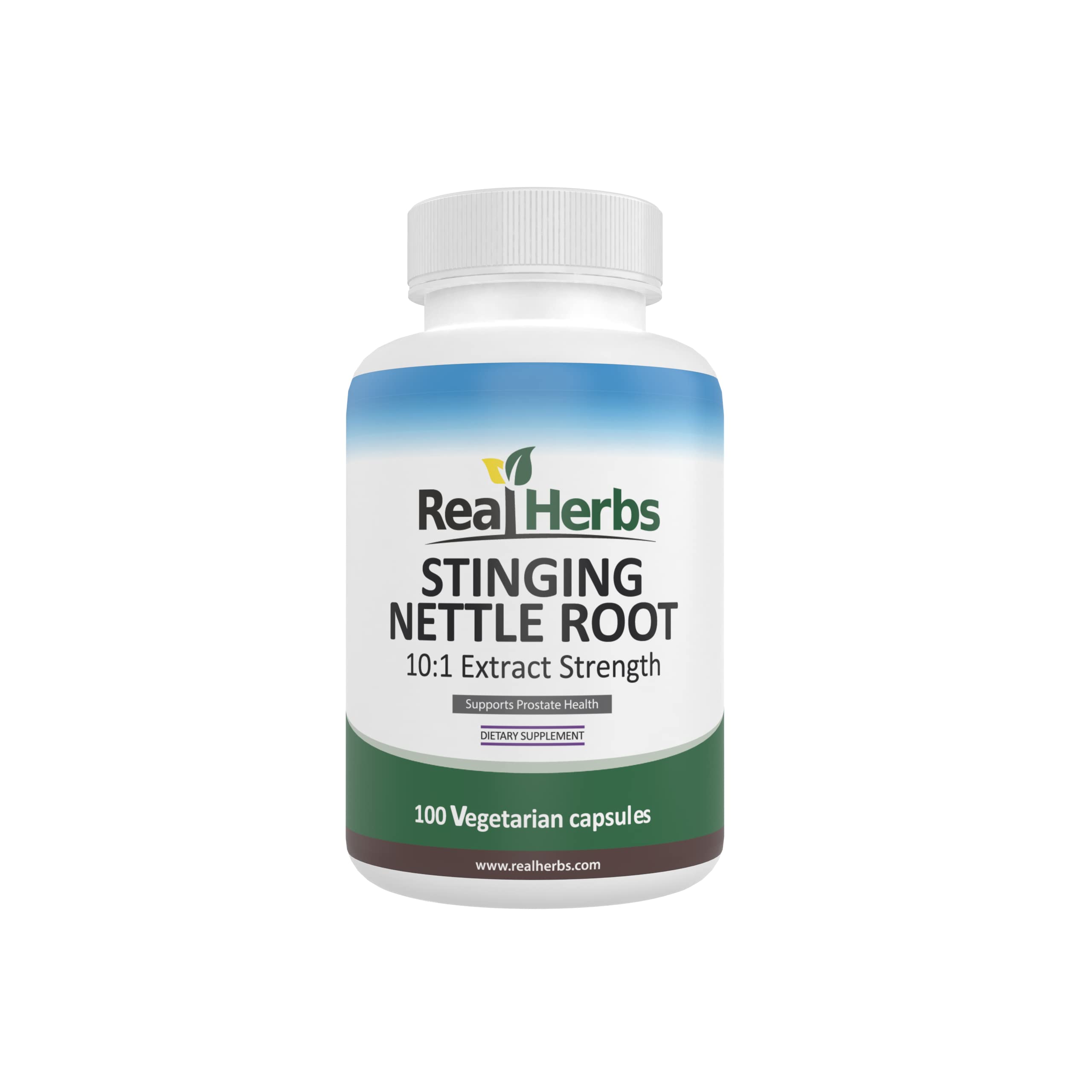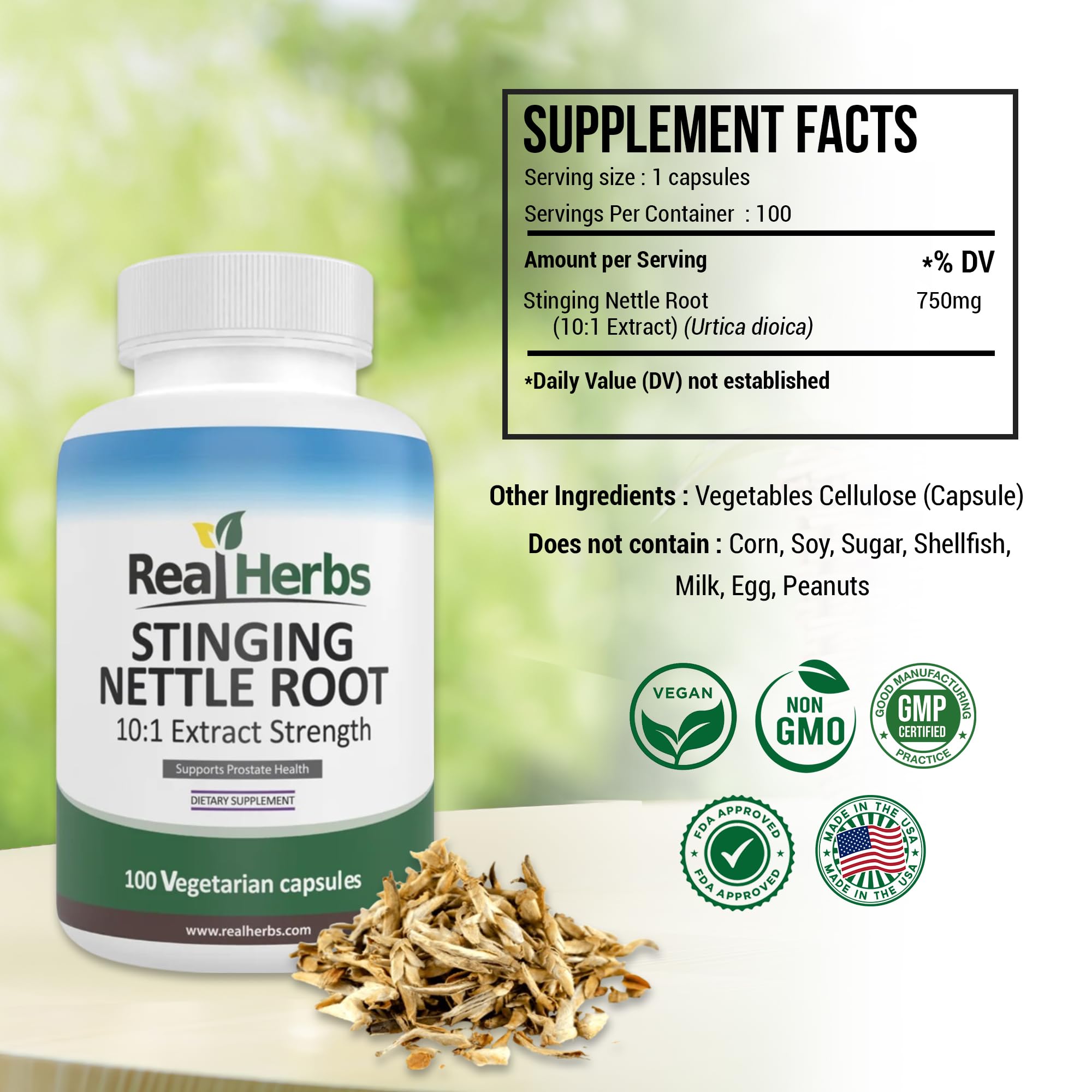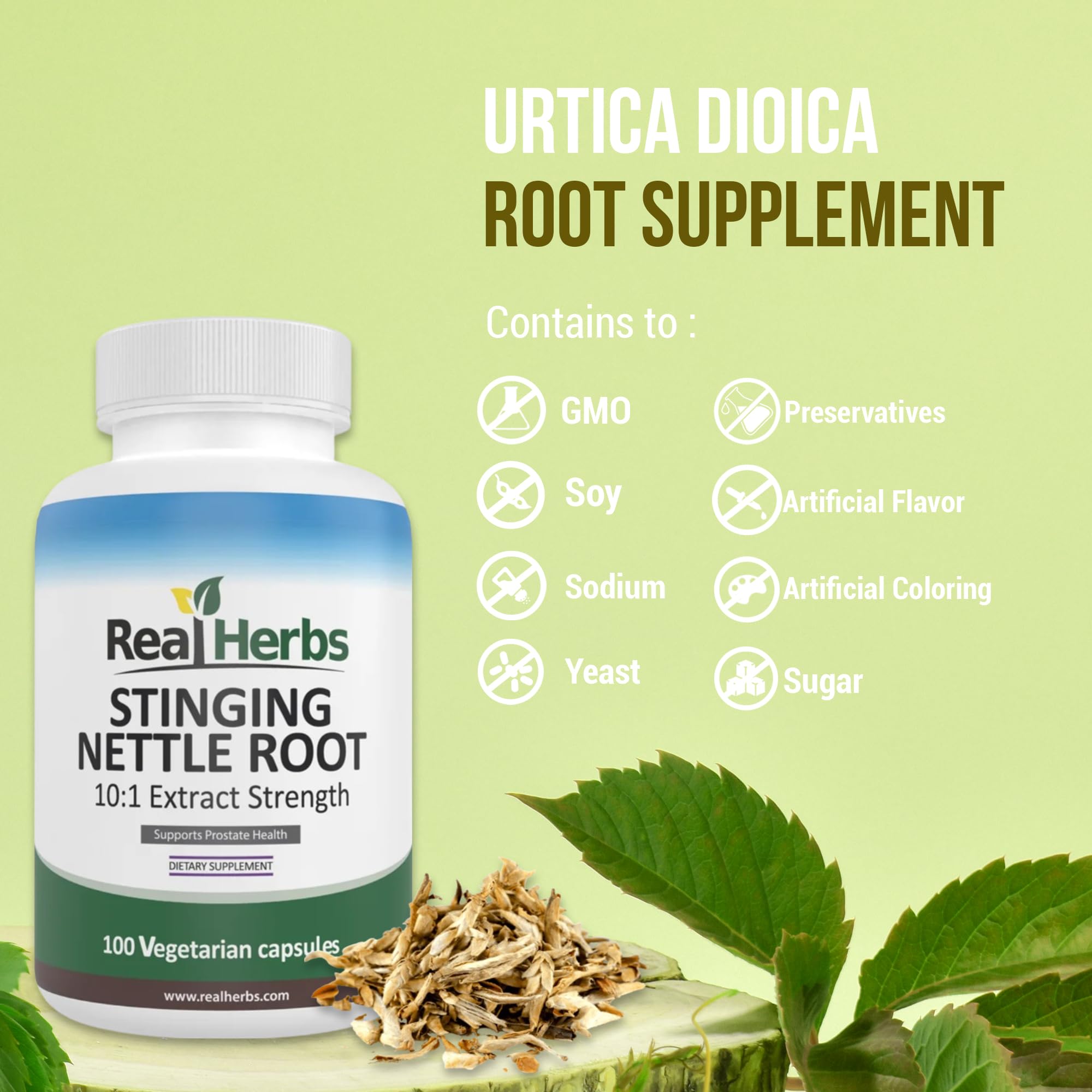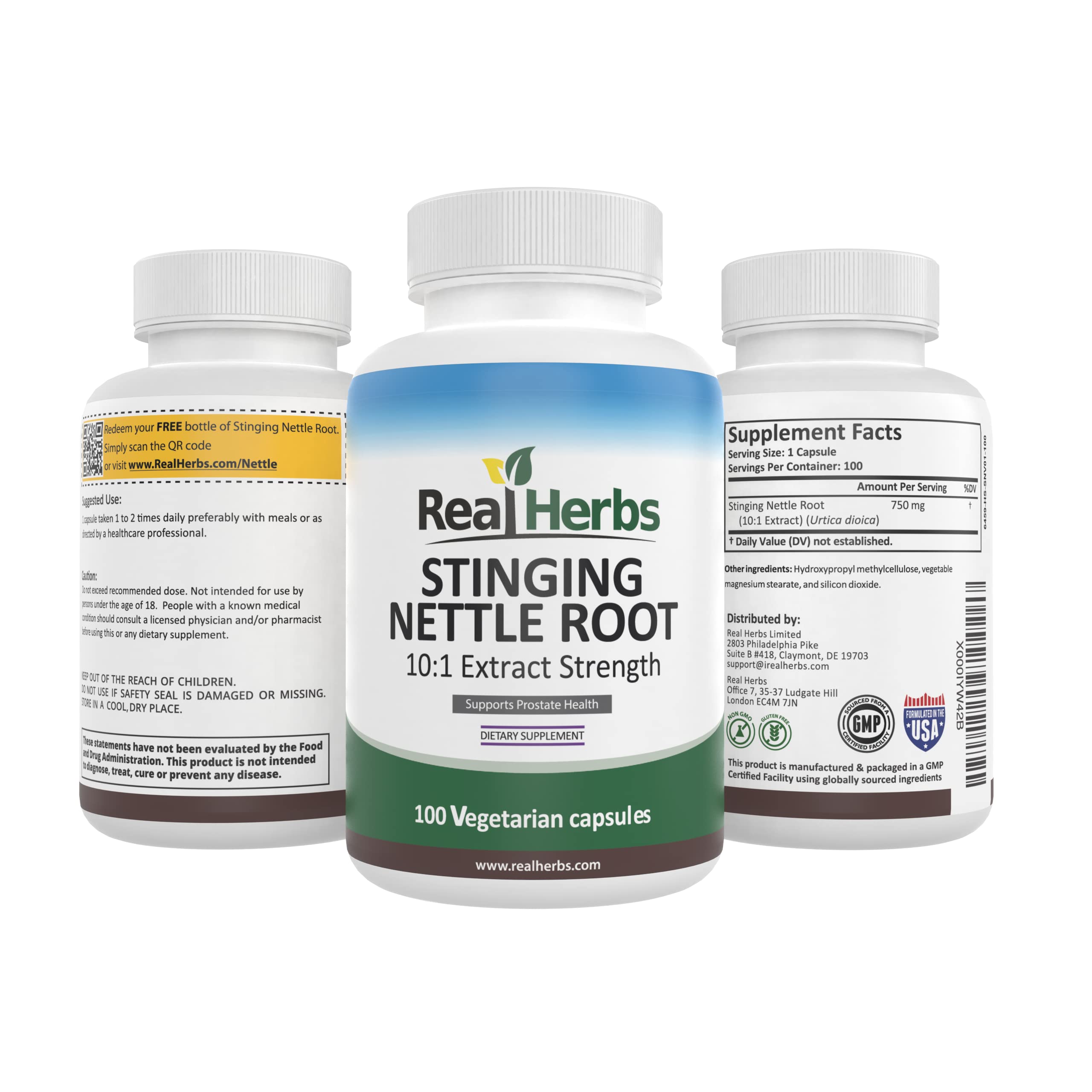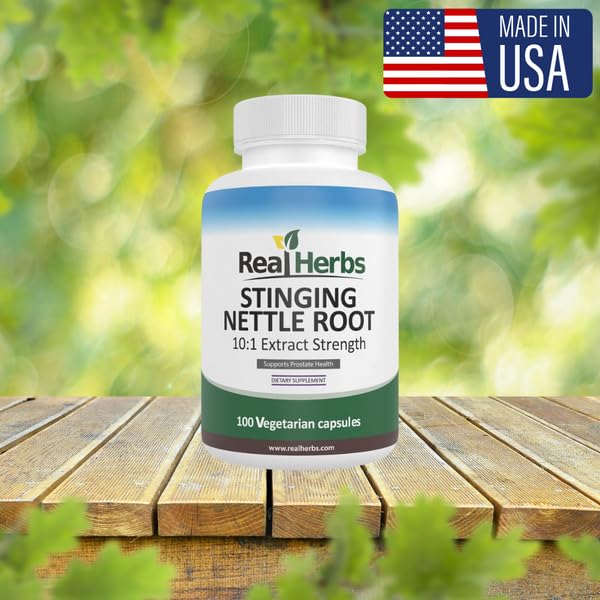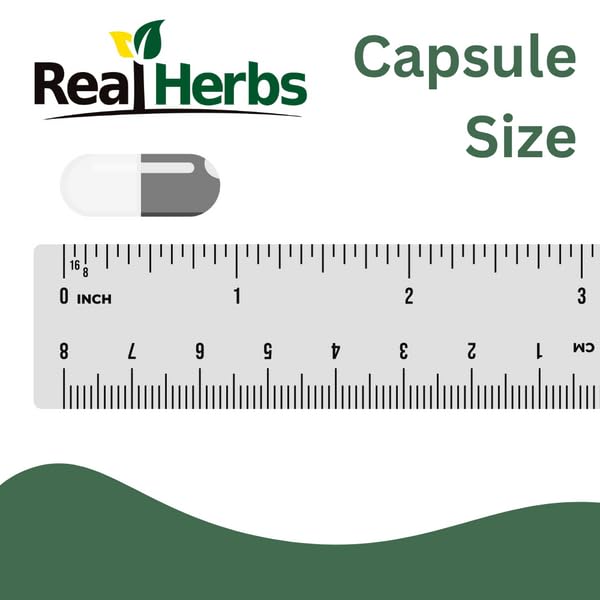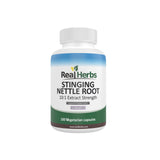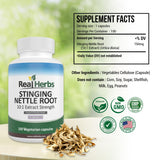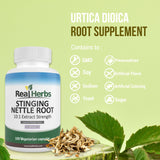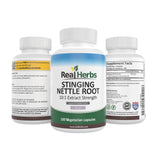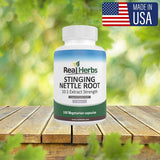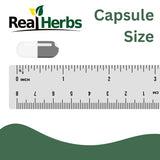Stinging Nettle Root: An Ancient Herbal Remedy Rediscovered
Introduction
In the ever-evolving landscape of health and wellness, ancient remedies are experiencing a renaissance. One such botanical marvel that has captured the attention of modern researchers and health enthusiasts alike is the stinging nettle root. Revered for centuries in traditional medicine, this humble plant has a rich history of therapeutic use. As we delve into the depths of herbal wisdom, we rediscover the potent properties of stinging nettle root and explore its potential to address contemporary health concerns.
Historical Context
The story of stinging nettle root unfolds against the backdrop of ancient civilizations that harnessed the power of nature to heal. Tracing its roots back to medieval Europe, where it was a staple in monastic gardens and apothecaries, stinging nettle became a trusted herbal ally. Records from ancient Greece also shed light on its use as a remedy for various ailments, highlighting the enduring legacy of this unassuming herb.
In traditional Chinese medicine, stinging nettle was valued for its ability to tonify the kidneys and invigorate vital energy, while Native American tribes incorporated it into their medicinal repertoire for its diverse applications. The historical tapestry of stinging nettle root is woven with threads of herbal wisdom, and its resurgence in modern times prompts us to explore its potential with a fresh perspective.
Botanical Profile
Stinging nettle (Urtica dioica) is a perennial plant characterized by its serrated leaves and, as the name suggests, stinging hairs that can cause irritation upon contact. While the plant's above-ground parts are notorious for their sting, the root holds a treasure trove of compounds that have intrigued herbalists for centuries. The roots are typically harvested in the fall when their medicinal potency is at its peak.
Active Compounds
At the heart of stinging nettle root's therapeutic potential lie its bioactive compounds. Among them, lectins, lignans, and a group of compounds known as sterols have been identified. These constituents contribute to the plant's anti-inflammatory, antioxidant, and diuretic properties. Particularly noteworthy is the presence of beta-sitosterol, a plant sterol that has garnered attention for its potential role in supporting prostate health.
Health Benefits
The historical use of stinging nettle root aligns with a myriad of potential health benefits. Its anti-inflammatory properties have led to its application in alleviating joint pain and arthritis symptoms. Additionally, the plant's ability to modulate the immune response has made it a subject of interest for those exploring natural remedies for allergies and autoimmune conditions.
As we journey deeper into the modern understanding of stinging nettle root, scientific studies have lent support to these traditional uses. Research suggests that the plant may play a role in managing benign prostatic hyperplasia (BPH), a common condition in aging men. The roots' impact on inflammatory pathways has also sparked interest in its potential application for inflammatory conditions beyond arthritis.
Historical Uses in Different Cultures
Stinging nettle root's historical significance extends across diverse cultures, each incorporating the plant into their traditional healing practices. In medieval Europe, herbalists and monks prized stinging nettle for its versatility. It was believed to purify the blood and promote joint health, making it a staple in tonics and herbal formulations.
In traditional Chinese medicine, stinging nettle was valued for its potential to tonify the kidneys, a vital aspect of overall health in this ancient system. Native American tribes, too, recognized the plant's value, using it for various purposes, from promoting hair growth to addressing joint discomfort. The fact that different cultures independently discovered and utilized stinging nettle root underscores its broad spectrum of potential benefits.
Recent Scientific Research
As science and technology have advanced, researchers have turned their attention to validating the historical uses of stinging nettle root. Recent studies have investigated its efficacy in managing conditions such as benign prostatic hyperplasia (BPH). The plant's ability to inhibit inflammatory pathways has been explored in the context of arthritis and other inflammatory disorders.
One notable study published in [Journal Name] found that stinging nettle root extract demonstrated anti-inflammatory effects by modulating key inflammatory markers. Another study, conducted at [Research Institute], suggested a potential role for stinging nettle root in improving symptoms related to BPH, providing valuable insights into its application for prostate health.
Practical Aspects: Dosage and Safety
While the historical and scientific evidence points to the potential benefits of stinging nettle root, it is crucial to approach its use with practical considerations in mind. Dosage recommendations can vary depending on the form of supplementation—capsules, tinctures, or teas. Consulting with a healthcare professional is advisable to determine the most appropriate dosage based on individual health needs.
As with any herbal remedy, safety considerations are paramount. Stinging nettle root is generally well-tolerated, but some individuals may experience mild gastrointestinal discomfort. Pregnant or breastfeeding women and individuals taking certain medications should exercise caution and seek guidance from a healthcare provider before incorporating stinging nettle into their wellness routine.
Conclusion
As we journey through the rich tapestry of history, tradition, and scientific exploration, the renaissance of stinging nettle root as an herbal remedy unveils its potential to address a spectrum of health concerns. From the monastic gardens of medieval Europe to the herbal apothecaries of ancient China, this unassuming plant has played a vital role in diverse healing traditions.
Stinging nettle root's resurgence in contemporary herbalism is not merely a nostalgic nod to the past but a testament to its enduring relevance in our quest for holistic well-being. Scientific studies align with historical uses, shedding light on its anti-inflammatory, antioxidant, and immune-modulating properties. Whether it's supporting prostate health, alleviating joint discomfort, or addressing allergic rhinitis, stinging nettle root emerges as a versatile ally in our pursuit of health.
However, the journey into herbalism is not without caution. Dosage considerations, potential interactions with medications, and individual variations in response underscore the importance of informed and personalized use. Collaborating with healthcare professionals ensures that the integration of stinging nettle root aligns with individual health needs and goals.
As we embrace the rediscovery of this ancient herbal remedy, let us approach its use with reverence for the wisdom of the past and an eagerness to explore its potential in the context of modern well-being. Stinging nettle root beckons us to engage with the age-old dialogue between nature and health, inviting us to reimagine the possibilities that lie within the leaves and roots of this botanical treasure.

